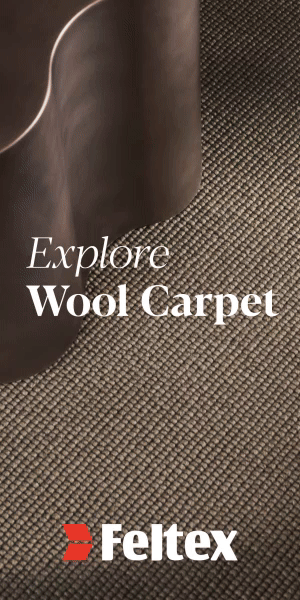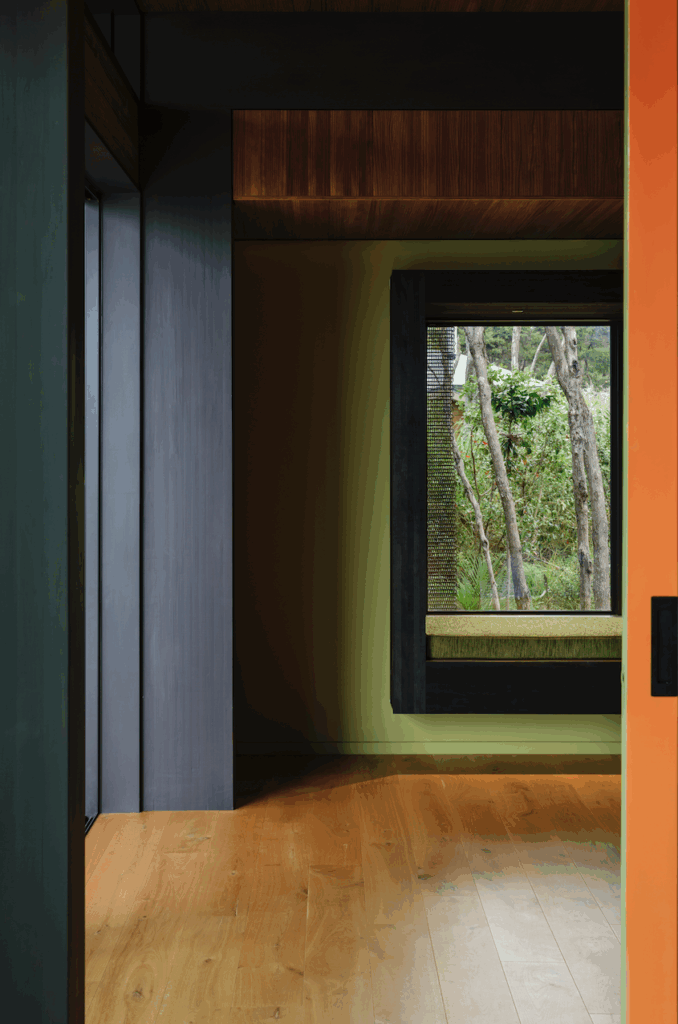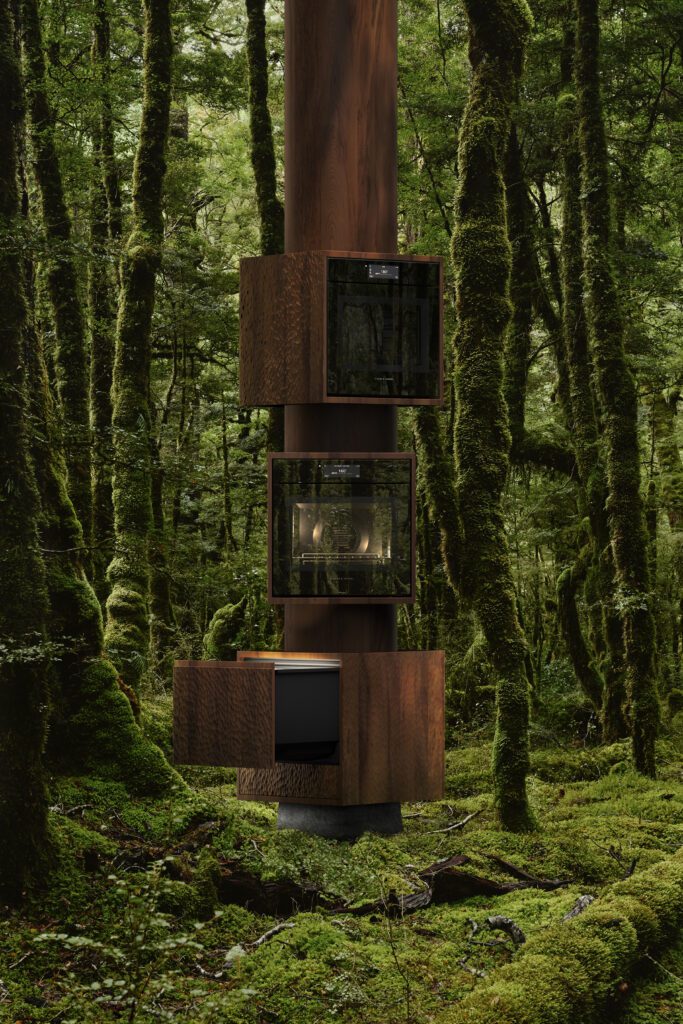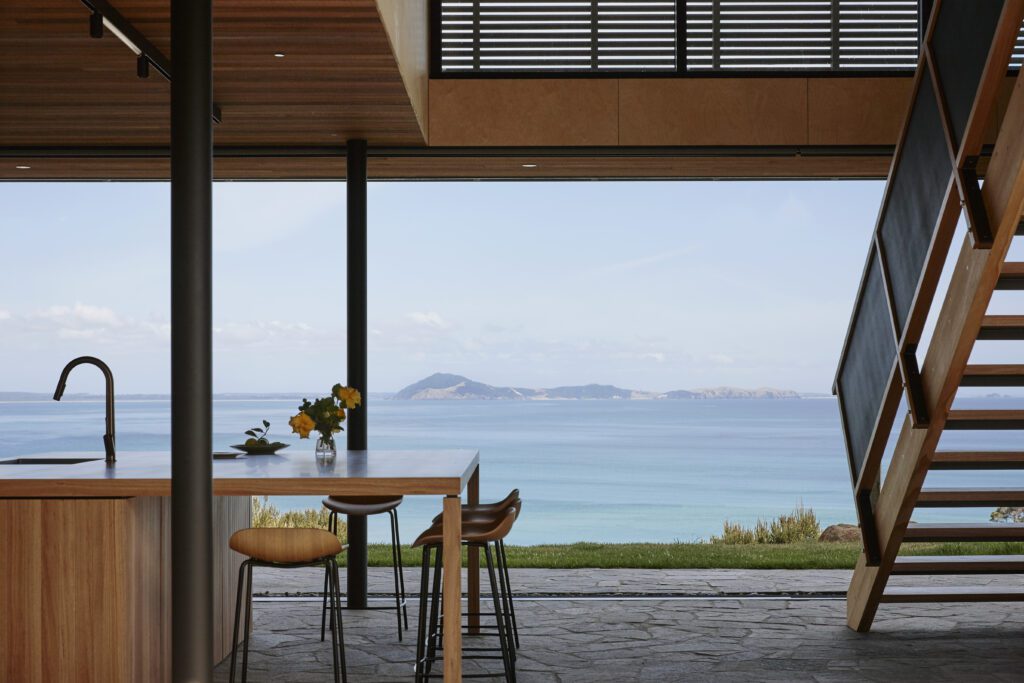We asked three award-winning interior designers to style the same piece of art in three very different spaces to explore how art can elevate and define an interior, shifting the mood and presenting diverse experiences of a singular work.
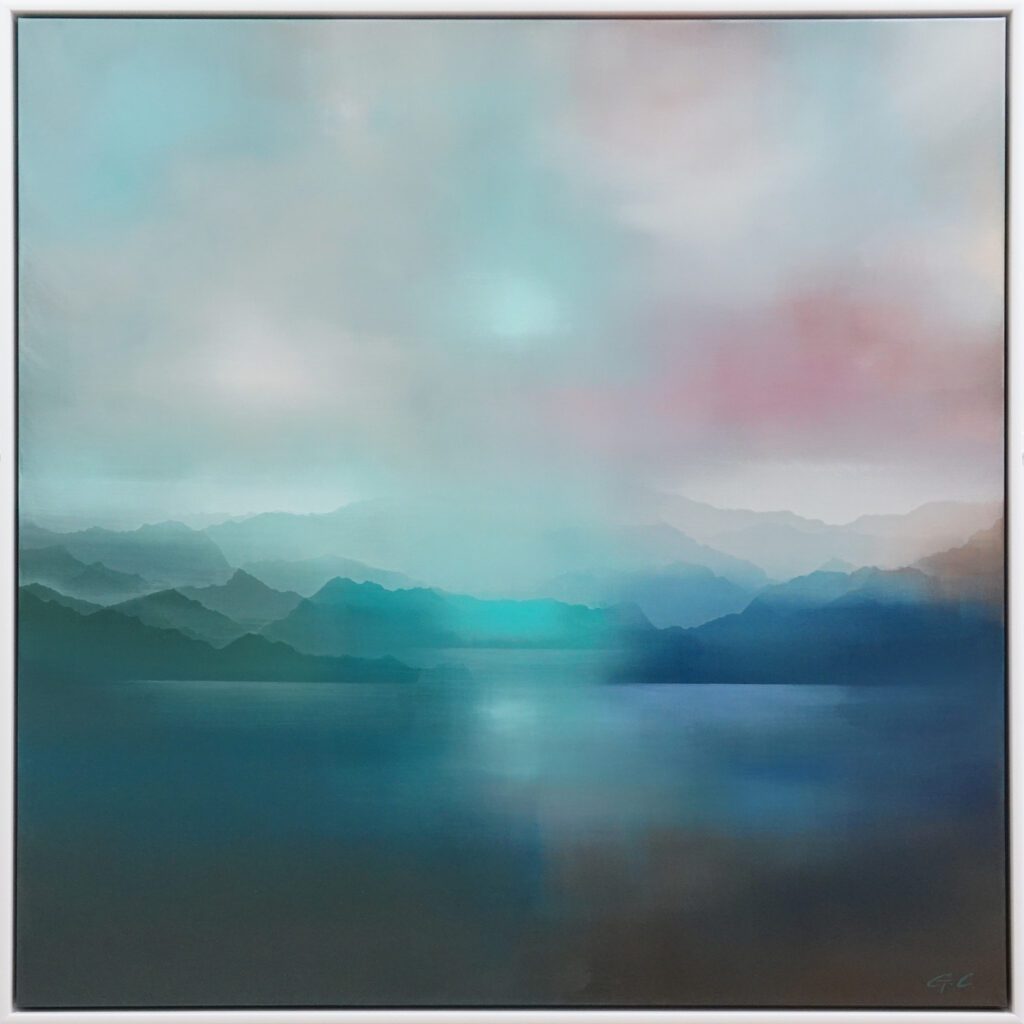
The chosen work, Dream Catcher, is a recent painting by Auckland-based artist Greer Clayton. Intentionally ambiguous yet distinctly of this place, Greer’s paintings embody a quiet dichotomy. Neither seasonal nor topographical, they offer a sense of familiarity that is at once immersive and elusive.
An undercurrent of tension — subtle and unresolved — emerges as viewers project their own memories or experiences of place onto an unknown landscape. In this exchange, an ethereal reading of New Zealand’s environment unfolds. “None of my compositions are topographical, but I’m very much seeking the mood and feel of what is typical about our landscapes and what they mean to us,” Greer reflects.
Her practice flows through subtle palettes that articulate shifts of light and air. Colour, for Greer, is cyclical — absorbed from the world and translated onto canvas. “It’s what I take in and what resonates. I like to get out and about — north or south, mountains or coast — there is always inspiration.”
Though never literal or site-specific, certain tonalities inevitably surface with time and place. “Often, you see much more pink in vibrant winter sunsets; in the Sounds, it can be blues or greens that resonate,” she says.
Each designer responded to Dream Catcher in their own way, creating a nuanced dialogue with the architectural and material compositions of their interiors.
“Art has the ability to elevate any space, adding both character and depth. It creates a connection between the environment and the people who live there, transforming a room into something personal, individual, and alive,” explains Parnell Gallery co-director Anna Silcock.
“Art is such a personal decision. It is often through art that a home reveals its stories; each piece reflecting the character and individuality of those who live there,” she adds. In this sense, Dream Catcher becomes more than a painting: it is a catalyst, transforming spaces and inviting inhabitants to engage with their surroundings in a deeply personal way.
Through this project, the subtle power of art within interiors is revealed — how a single work can shape experience; how it can guide movement, anchor colour, and frame the atmosphere; how, ultimately, it brings both intimacy and character to a home.
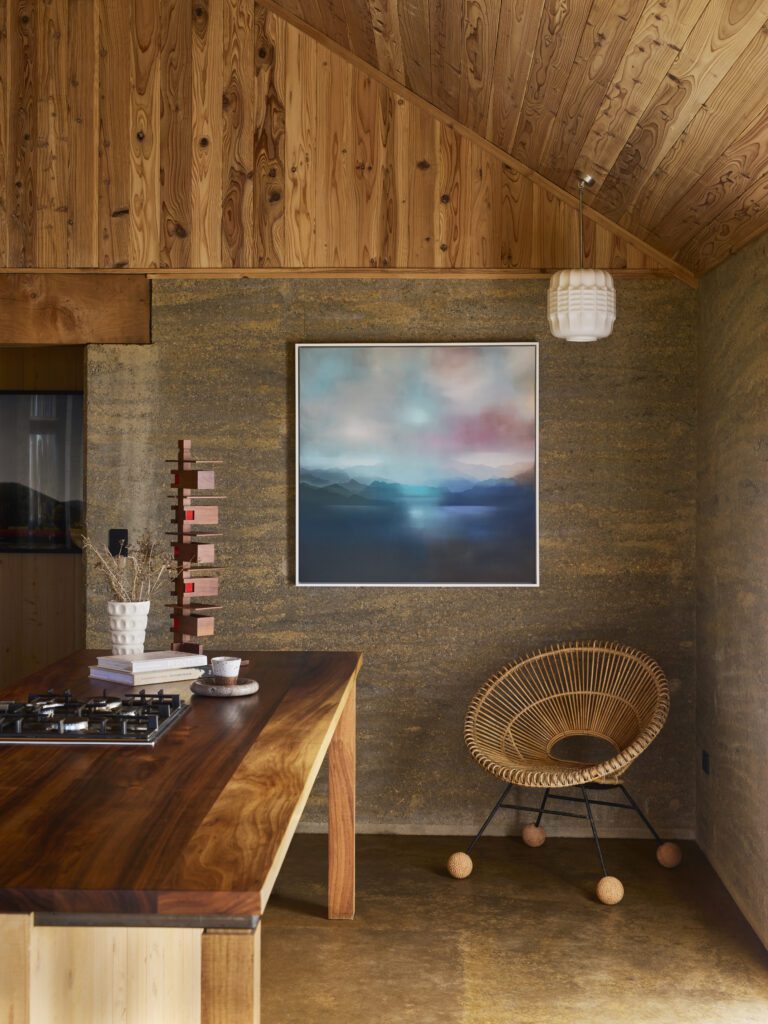
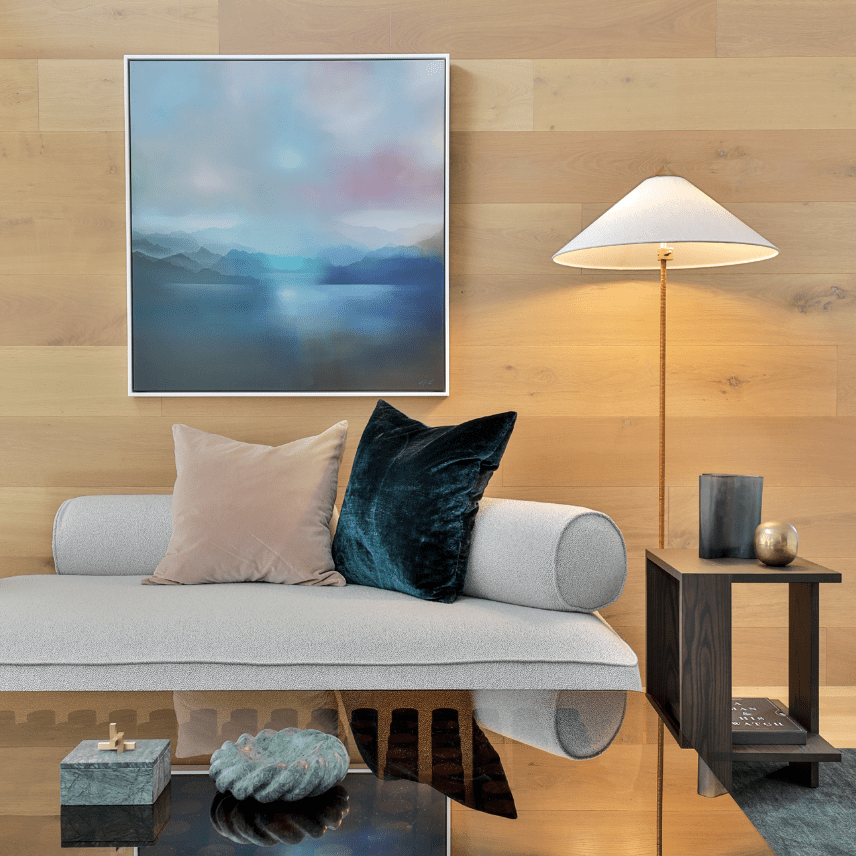
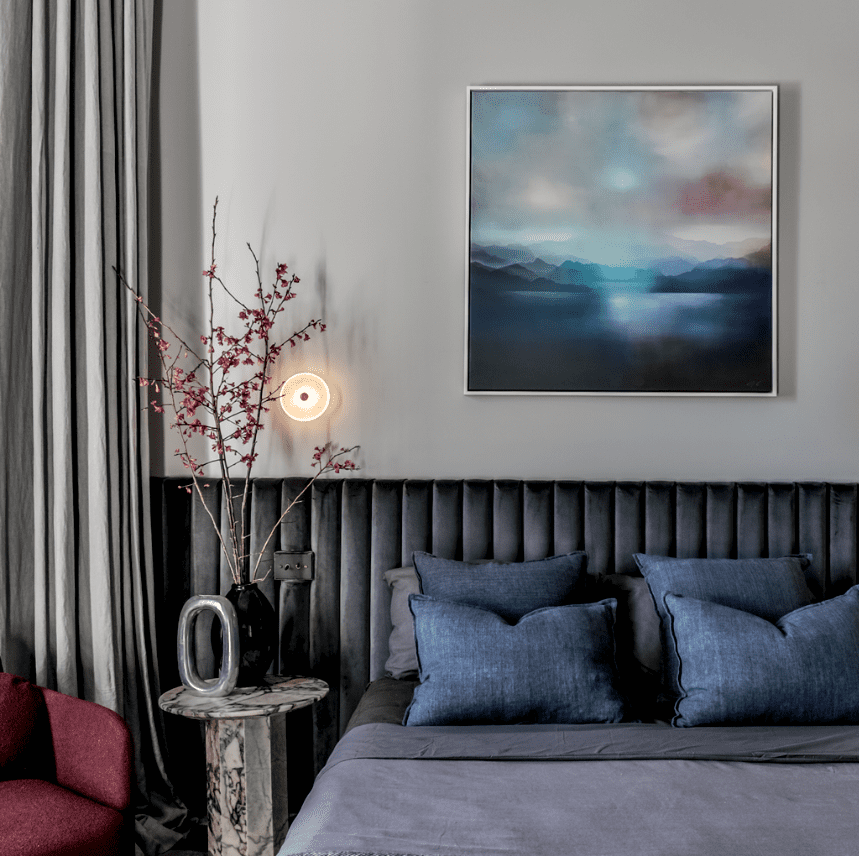
WIN
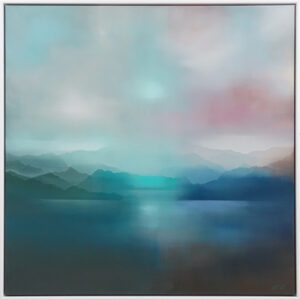
Dream Catcher by Greer Clayton, valued at $11,000!
Enter your details below to go in the draw.
